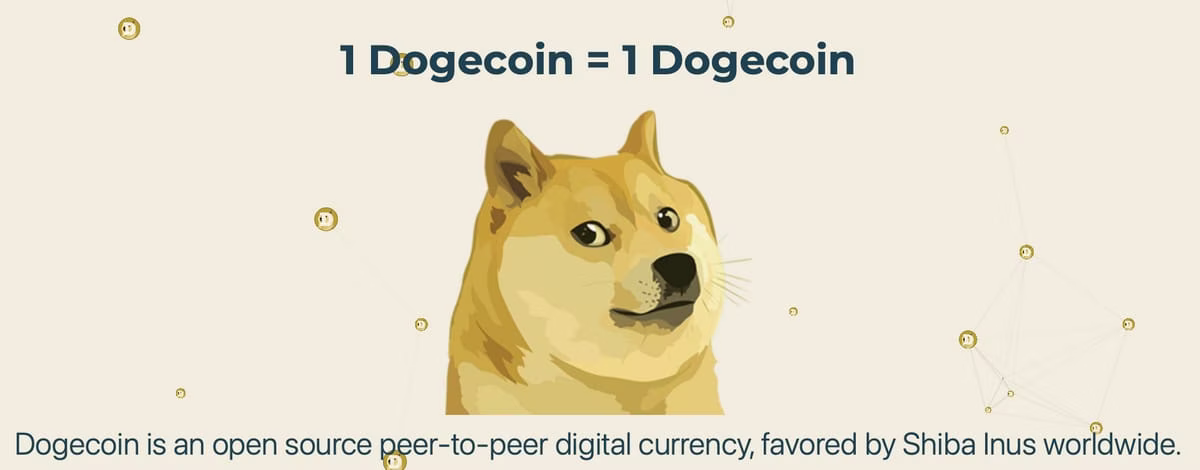A Dogecoin Primer

Crypto ("coins" not "graphy") are going crazy, and one of the strangest ones is DOGECOIN >. Here’s a basic primer captured in bulletpoints.
It was created in 2013 by Billy Markus and Jackson Palmer. They were at IBM and Adobe at the time.
The coin’s mascot is a dog—specifically a Shiba Inu >, which is an ancient Japanese breed used for hunting.
Watch The Exact Moment > Dogecoin was named after.
Dogecoin is pronounced, DOHJ-coin—like Dodge the truck, but with a hard "o" and soft "j" sound, like Taj Mahal. This is not up for debate, as this video > has Jackson Palmer stating this very clearly.
The pronunciation comes from Homestar Runner > where his buddy spelled "dog", "d o g e", and Strongbad said, "Dohj"? So yes, this currency was seriously named by Strong Bad >.
The original meme image.
The Shiba Inu dog is also part of a meme known as Doge > (pronounced "dohj" like above). It’s basically the internal dialog of a Shiba Inu dog speaking in broken-dog-English, all printed on a picture of a dog in Comic Sans text.
Elon Musk has been pushing Dogecoin heavily—seemingly mostly as a joke, but you can never tell with him. At one point he said that it’d be super ironic if a coin started completely as a joke ended up taking over. Plus he keeps tweeting about it with allusions to the moon.
Dogecoin is a proof-of-work > coin based on Luckycoin >, which is in turn based off of Litecoin >.
Dogecoin is an "inflationary" coin because there is no limit on how many can be mined. This is in contrast to Bitcoin, for example, which already has a maximum built into the system.
Most investors don’t see Dogecoin as a serious play because of its history and the fact that there’s no limit to how many can be made.
One possibility of legitimization, however, hinges around using it as a casual, friendly, and fluid exchange of small amounts of money, e.g., for tipping, or for donations to creators for their content.